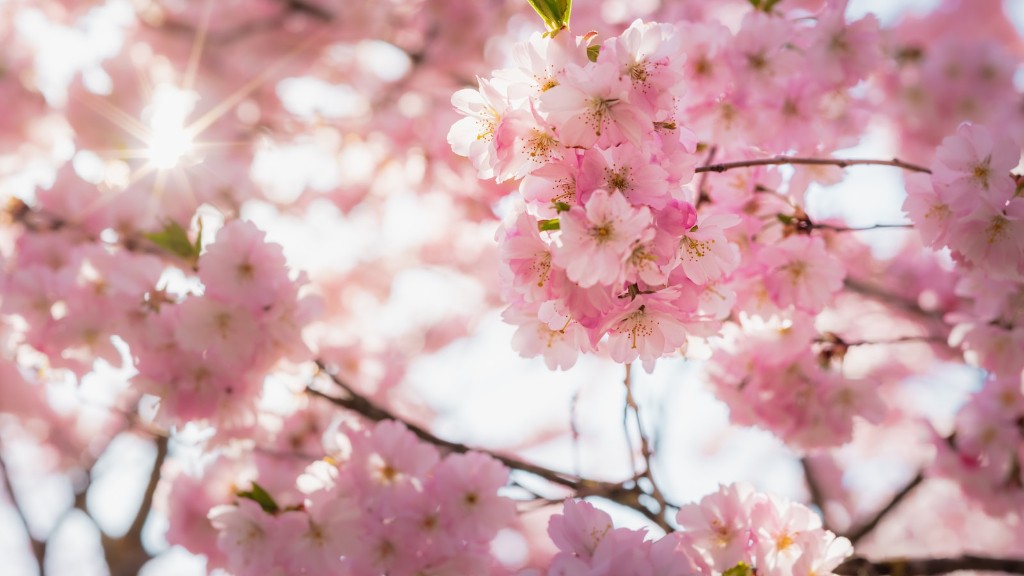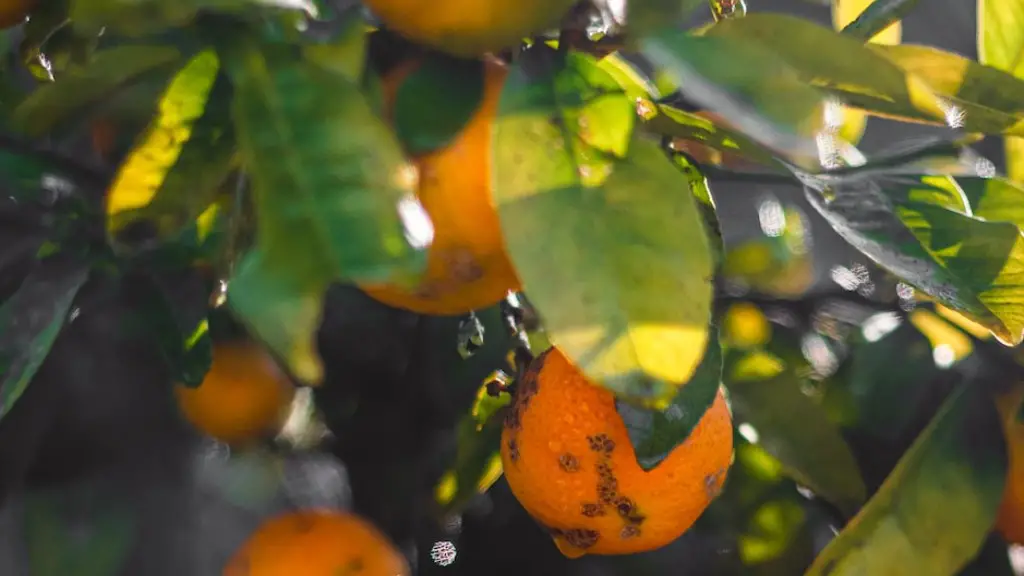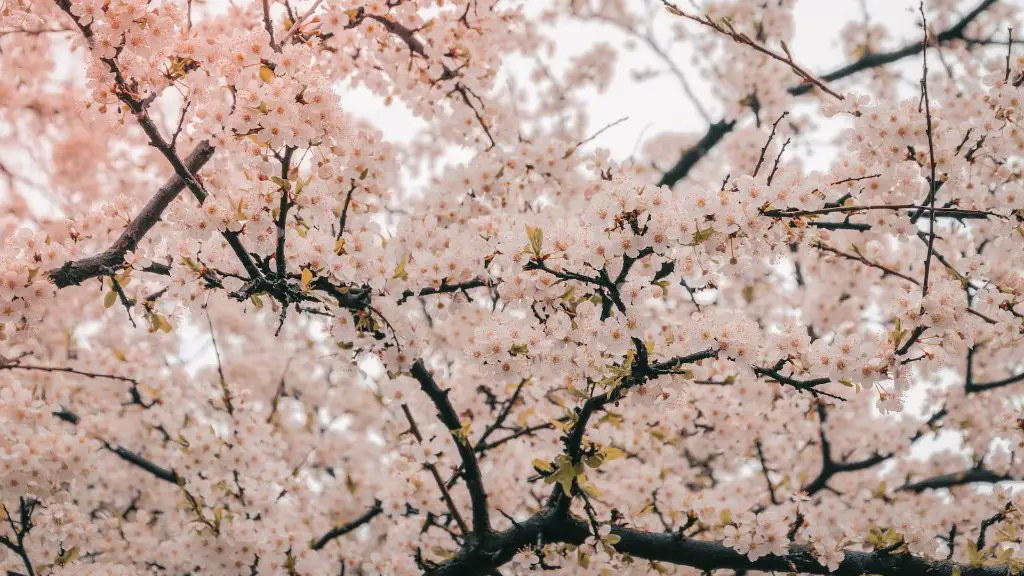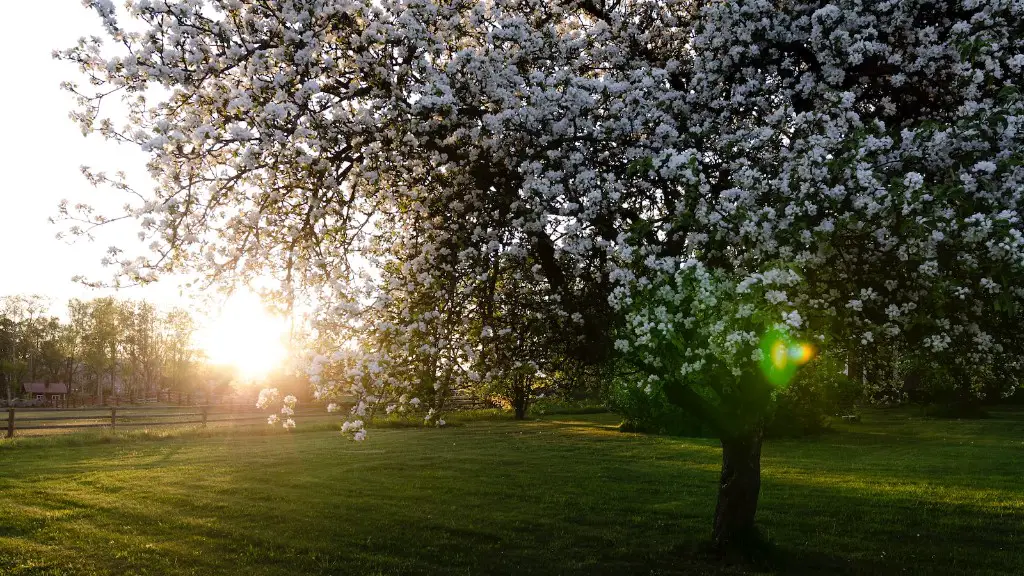Cherry trees are a beautiful and delicious addition to any garden or /or yard. Unfortunately, there is a wide range of pests and diseases that can affect them. Dealing with these problems quickly and appropriately is key to keeping your trees healthy. While there are a number of insecticides and chemical treatments available for cherry trees, are there any natural, less toxic alternatives that can be used to get rid of pests?
One of the most commonly used ingredients in natural pest control is neem oil. This is an extract of the neem tree (Azadirachta indica) native to India, and it’s known for its insecticidal and fungicidal properties. Neem oil has been used by gardeners for many years to keep away all types of bugs and prevent infection. It’s easy to use and very safe, as it’s made from natural ingredients and is non-toxic to humans and pets.
Neem oil does not work immediately against pests, so it’s important to start applying it promptly when the first signs of infestation are noticed. It is generally applied as a topical solution on the leaves, branches and fruit of the tree. It is effective against many insects, including leaf-eating caterpillars, aphids, mites and scale insects. It can also be used to get rid of fungus and mildew, which can damage the tree’s health and weaken its defenses against pests.
When using neem oil on your cherry tree, it’s important to remember to follow the instructions on the product label and use the correct dosage and mix ratio. It is also a good idea to wear protective clothing such as gloves, a mask and long sleeves to avoid any skin contact with the oil. It is important to apply the product at regular intervals, especially during periods of high pest activity.
Another natural option for controlling pests is by planting companion plants around the cherry tree. These plants can act as natural repellents for various insects, including aphids, whiteflies, mites and beetles. Some of the most commonly used companion plants include marigolds, garlic, chives, dill, basil, borage and yarrow.
Organic insecticides can also be used to control pests on cherry trees. These products may contain beneficial insects, fungi or bacteria that target specific pests. Organic insecticides are often safer than chemical products and are a good choice for those who are looking for a more eco-friendly alternative.
Encouraging Natural Predators
Encouraging natural predators is another way to control pests on cherry trees. Natural predators such as ladybugs, lacewings, ground beetles and spiders can help to control insect populations naturally and can be encouraged by planting pest-friendly habitat such as shrubs, native flowering plants and herbs.
Creating a suitable environment for beneficial insects to thrive also helps to reduce populations of pests and diseases. Maintaining good garden hygiene is important, including the removal of fallen leaves and fruits which can harbor pests and diseases.
Using a combination of methods is the best way to get rid of pests and diseases on cherry trees. The use of natural pest control methods such as neem oil, companion planting and encouraging natural predators can help to reduce the need for chemical treatments, while also providing safer, more natural and eco-friendly options.
Mulching Your Cherry Tree
Mulching is another effective way to reduce damage caused by pests and diseases on cherry trees. By applying a layer of organic mulch around the base of the tree, it helps to suppress weeds, retain soil moisture and prevent root diseases. It also helps to protect the tree from extreme temperatures, as well as pests such as aphids. Suitable organic mulches for cherry trees include straw, grass clippings and dried leaves.
It is also important to monitor the tree regularly for signs of pest or disease damage. Keeping an eye out for any changes in the leaves, branches or fruit can help to identify problems early and take action if necessary. If you notice any signs of damage, it is important to seek professional advice and take appropriate action to control the problem.
In summary, there are a number of natural and chemical options available for controlling pests and disease on cherry trees. Natural methods such as neem oil, companion planting and encouraging natural predators are a safer, more eco-friendly option. Mulching is also a great way to protect the tree against pests, as well as maintain soil moisture and temperature. It is important to monitor the tree regularly and take action quickly when any signs of damage are noticed.
Good Pruning Practices for Cherry Trees
Pruning correctly is also important for the health and vitality of cherry trees. Pruning helps to control the size and shape of the tree, as well as removing any damaged or diseased branches, encouraging healthy growth and improving air circulation. Pruning also helps to reduce pest and disease problems, as it eliminates potential breeding sites or areas where pests and diseases can thrive.
When pruning, it is important to use sharp pruners and to make clean, angled cuts at the right points. Pruning should be done in the late winter or early spring, when the tree is still dormant. This helps to reduce the risk of shock and encourages quick healing. Removing dead and diseased branches and cutting back any overgrown branches can help to keep a cherry tree in prime condition.
It is also important to keep the area around the base of the tree free from weeds and other debris, as these can create ideal habitats for pests and diseases. Aim to create a clear mulch zone around the tree and ensure it is kept free from debris which could attract pests and diseases, as well as competing for available water and nutrients.
Cherry trees are beautiful and delicious additions to any garden or yard, but proper pest and disease control is essential for maintaining their health and vitality. Natural alternatives such as neem oil and companion planting can be used to reduce pest populations, while mulching and good pruning practices help to reduce the risk of insect and fungal damage. Monitoring trees regularly and taking action quickly when any signs of damage are noticed is key to keeping cherry trees healthy.
Fungicides for Cherry Trees
In addition to natural methods, fungicides can also be used to combat fungal infections and leaf spot on cherry trees. Fungicidal sprays and dusts are widely available and present a viable alternative to natural methods.
Fungicides are applied on a regular basis and can help to prevent the spread of disease, but it is important to use the correct type of fungicide and apply it in the correct manner. The label on the product should contain instructions on how to apply the fungicide and what to look for when applying it. It is also important to keep an eye on the label for any safety instructions, as some of these products can be harmful if handled incorrectly.
It is also important to be aware of any potential hazards that may be associated with fungicides. These may include hazards to your health, as well as to any other plants or animals in your garden. If there is any risk of contamination, it is important to follow safety instructions closely and take appropriate steps to avoid it.
Once applied, fungicides have a long lasting effect and can help to keep the tree healthy for a long time. It is important to make sure that the fungicide is applied at the right time of the year, as well as in the right amount in order to achieve the best results. Regular monitoring of the tree is also important to ensure that the fungicide is still effective.
Preventative Measures for Cherry Trees
Taking preventative measures to avoid insect and fungal damage can also be beneficial for cherry trees. Regular watering and fertilizing helps to promote healthy growth and reduce the risk of pests and diseases. It is also important to keep the area around the tree free from debris and overgrowth, as this can provide a perfect habitat for pests and diseases.
Making sure that trees get enough sunlight is also important, as well as avoiding overcrowding with other trees and plants. If there is too much competition for light, nutrients and water, trees can be weakened and become more susceptible to pests and diseases.
It is also important to keep an eye out for any signs of damage or disease. If you notice any unusual changes in the leaves or branches, it is important to take immediate action and seek professional advice if necessary.
In conclusion, there are a number of natural and chemical options available for controlling pests and diseases on cherry trees. Taking preventative measures such as regular watering and fertilizing, avoiding overcrowding and keeping the area clean can help to reduce the risk of damage from pests and diseases. It is also important to monitor the tree regularly for signs of damage and to take appropriate action if necessary.





